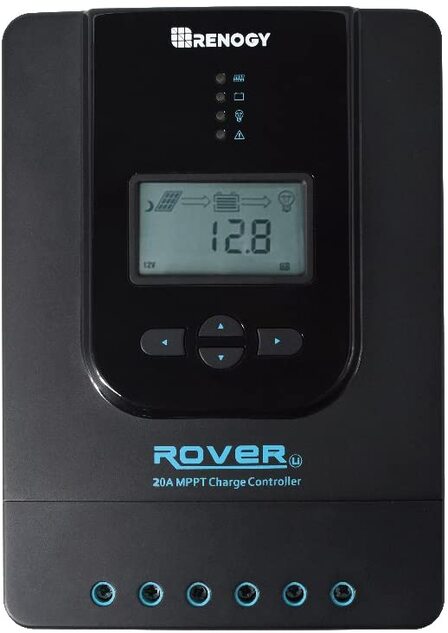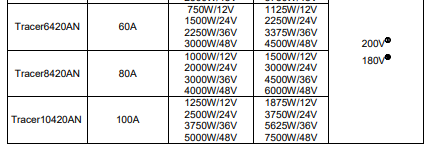Hi Folks! I'm new here, I've been lurking a bit, and to solar. The more I read and research the more confused and indecisive I become. Plainly put I thought I had a good idea after researching for a good bit but now I feel worse off than when I began. First I thought, slap up a few panels, get a couple batteries, and bam I'm all set. Now I have little confidence in anything I look at and put together on paper.
My dilema is I want to run a Lorex N842 NVR system with 4 camera's and a modem for internet at my campsite property. How do I have internet and no power you ask? The location is in the sticks in northern VT and my wife can't live without internet and I'm ok with drinking warm beer(we do use a pair of Honda suitcase generators from time to time for a TT).
Here's where I'm at for power needs:
Lorex NVR rated 8.3W
Hard Drive for it 4.4W
Each Camera is (max) 7.68W x 4 camera's
Modem I'm guesstimating at 10W
Close to 54W/hour and 1,296 per day.
Peak sun is rated at 2.75 for the location
This is where it all falls apart. Here's what I think I need and its likely all completely wrong. I'm trying to keep it on the cheaper side to start off.
8 x HQST 100W Mono Solar panels
3 x UB 121000 100ah AGM batteries
1 x Zenith 60 Charge Controller (this was recomended to me by a contact at Grape Solar when I contacted them about a complete system)
1 x Some type of inverter I'm guessing a smaller 500W would work?
Everything to be housed in a conex box I have on site, batteries in a cooler(it gets -10F easy there) with the solar array on top. It'll have full sun, as much as the area gets, with little shade. Winters are pretty rough with sunlight and snow.
Am I at least on the right track? I'm honestly so confused right now.
Thank You
AJ
My dilema is I want to run a Lorex N842 NVR system with 4 camera's and a modem for internet at my campsite property. How do I have internet and no power you ask? The location is in the sticks in northern VT and my wife can't live without internet and I'm ok with drinking warm beer(we do use a pair of Honda suitcase generators from time to time for a TT).
Here's where I'm at for power needs:
Lorex NVR rated 8.3W
Hard Drive for it 4.4W
Each Camera is (max) 7.68W x 4 camera's
Modem I'm guesstimating at 10W
Close to 54W/hour and 1,296 per day.
Peak sun is rated at 2.75 for the location
This is where it all falls apart. Here's what I think I need and its likely all completely wrong. I'm trying to keep it on the cheaper side to start off.
8 x HQST 100W Mono Solar panels
3 x UB 121000 100ah AGM batteries
1 x Zenith 60 Charge Controller (this was recomended to me by a contact at Grape Solar when I contacted them about a complete system)
1 x Some type of inverter I'm guessing a smaller 500W would work?
Everything to be housed in a conex box I have on site, batteries in a cooler(it gets -10F easy there) with the solar array on top. It'll have full sun, as much as the area gets, with little shade. Winters are pretty rough with sunlight and snow.
Am I at least on the right track? I'm honestly so confused right now.
Thank You
AJ






